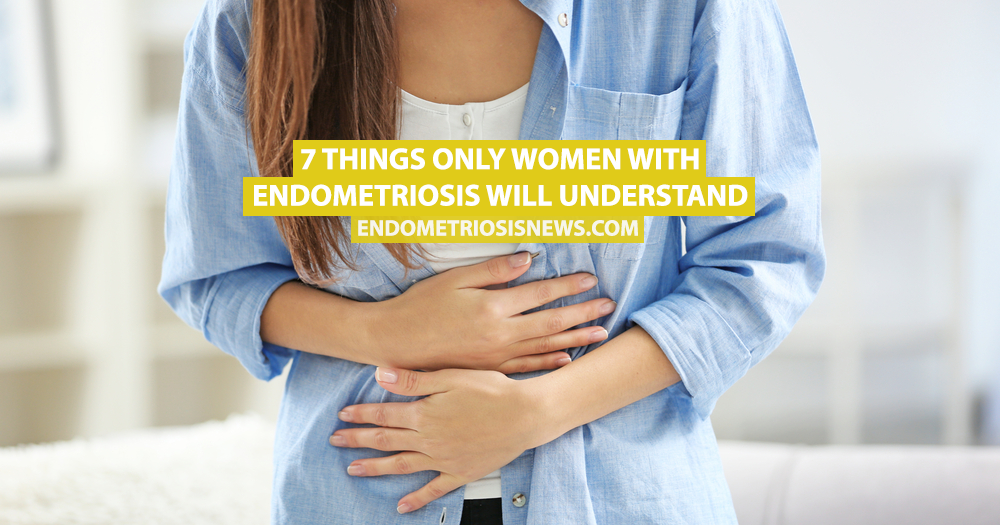Endometriosis is a condition that most women have heard of, yet few truly understand the implications of the disease. It often shrugged off, dismissed and belittled with women spending years trying to get diagnosed and treated.
Unsolicited advice seems to be part of the package when it comes to having endometriosis — everyone will have an opinion on what will “cure” you. If you’ve lived with endo for years or have recently been diagnosed, you’ll know the following things to be true, highlighted by prevention.com.
MORE: Six possible causes of endometriosis.
Endometriosis pain is not a normal part of womanhood.
Many young girls and women are dismissed by doctors for years, told that their endo pain is just a normal part of being female, something every woman experiences. But that’s just not true! Endometriosis pain is not like normal period pains where a hot water bottle and a couple of Tylenol will do the trick. In fact, it doesn’t only appear during that time of the month. Women can experience pain during sex, pain going to the bathroom, and pain before and after periods.
Getting pregnant is not a cure.
While many women find that pregnancy reduces their endometriosis pain — higher levels of progesterone help to offset the effects of estrogen — the endo pain will return after delivery.
Endometriosis can also make it incredibly difficult to get pregnant in the first place.
Neither is a hysterectomy.
A hysterectomy should be considered a last resort for women with endometriosis, and should only be considered after they’re finished having children. While it will lessen the pain associated with the disease, it won’t cure the pain caused by tissue that has grown outside of the uterus.
MORE: How serious is endometriosis?
Surgeries will need to be performed often.
The gold standard of care for endometriosis is excision by a specialist surgeon, but again this isn’t a cure. A surgeon can remove unwanted tissue but it will grow back. Many women choose hormonal treatment like a contraception pill to avoid having periods, which lessens the risk of uterine tissue attaching to other parts of the body.
Many women will have more than one surgery to remove unwanted tissue. Some severe cases will require surgery every couple of years.
It’s OK to get a second, third, fourth doctor’s opinion.
Sometimes patients need to seek out other doctors if they’re struggling with undiagnosed symptoms. Endometriosis may not appear on a scan and surgery is often the only way to confirm if a woman has the disease. Speaking to others with endo may help women find a sympathetic doctor who’s willing send them to a specialist.
Pain can be unpredictable.
It’s normal to be symptom-free for a few months, only for the endo pain to return with a bang, usually during some big plans! Make sure to always carry an emergency kit of sanitary products, pain killers, wet wipes, and spare underwear.
Take care of your body.
Diet and exercise won’t cure endometriosis but it can make the symptoms more bearable. Get plenty of rest and eat a diet high in fiber, fruit and vegetables, nuts, whole grains and low-fat protein. Some women find that eliminating certain foods, like gluten or dairy, makes them feel better, so experiment with food groups to see if it has any effect on your endo symptoms.
Exercise when you feel well, but rest up when you’re experiencing a flare, as excessive exercise can cause heavy bleeding.
MORE: Eliminating PCBs from your diet if you have endometriosis
Endometriosis News is strictly a news and information website about the disease. It does not provide medical advice, diagnosis or treatment. This content is not intended to be a substitute for professional medical advice, diagnosis, or treatment. Always seek the advice of your physician or another qualified health provider with any questions you may have regarding a medical condition. Never disregard professional medical advice or delay in seeking it because of something you have read on this website.

